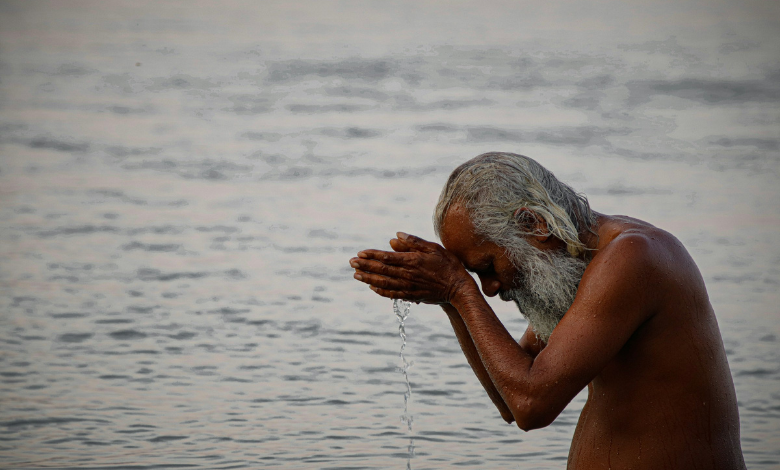Is Indo-Gangetic Plains in danger? Experts raise serious concerns over climate change impact

The fertile and enormous Indo-Gangetic Plains cover areas such as Punjab, Haryana, Delhi, Uttar Pradesh, Bihar, Jharkhand, West Bengal and Assam. But the deepening climate crisis is posing a significant threat to this region, several experts have cautioned.
Researchers from the Indian Institute of Technology have revealed concerning predictions about the future of densely populated areas around the Indus and Ganges rivers. Extreme atmospheric events, made more common by climate change, are becoming a great threat.
Focusing on the compound event of extreme heat besides droughts and heavy rains, the study looked at potential futures on the basis of several factors like population, carbon emissions and technology. This data helped create maps featuring ‘hotspots’.
Threat of crop failure, experts suggest measures
The Indo-Gangetic Plains have been identified as one such hotspot. One-and-a-half times the size of Spain, one of the most populated areas on the planet and a region crucial for agriculture, the Plains face increased risks from climate change.
The researchers have raised concerns over the threat of crop failure in the region due to rising temperatures, drought and unpredictable precipitation patterns caused by global heating. Study author Harald Kunstmann emphasises to need to prepare for these challenges.
The expert has suggested measures such as investing in heat- and drought-resistant seeds, storing rainfall for irrigation during dry periods and building flood-resistant dams. Plans are underway to expand the study globally, providing insights into the most vulnerable areas.
El Nino and climate change pushing mercury up
The research has come as several Indian states are reeling from above-normal temperatures fuelled by El Nino and climate change. The country should prepare for an abnormally hot summer this year, the India Meteorological Department noted earlier this month.
In a recent virtual press conference, IMD director general Mrutyunjay Mohapatra said most parts of India will be noting temperatures above normal till June, except for some parts of northwest India such as Jammu and Kashmir and some parts of northeast India.
El Nino conditions continue. But this is expected to flip to El Nino Southern Oscillation (ENSO) – neutral conditions in the monsoon, followed by La Nina conditions in the second half of the monsoon (July-September). La Nina years can be often cooler and wetter.



